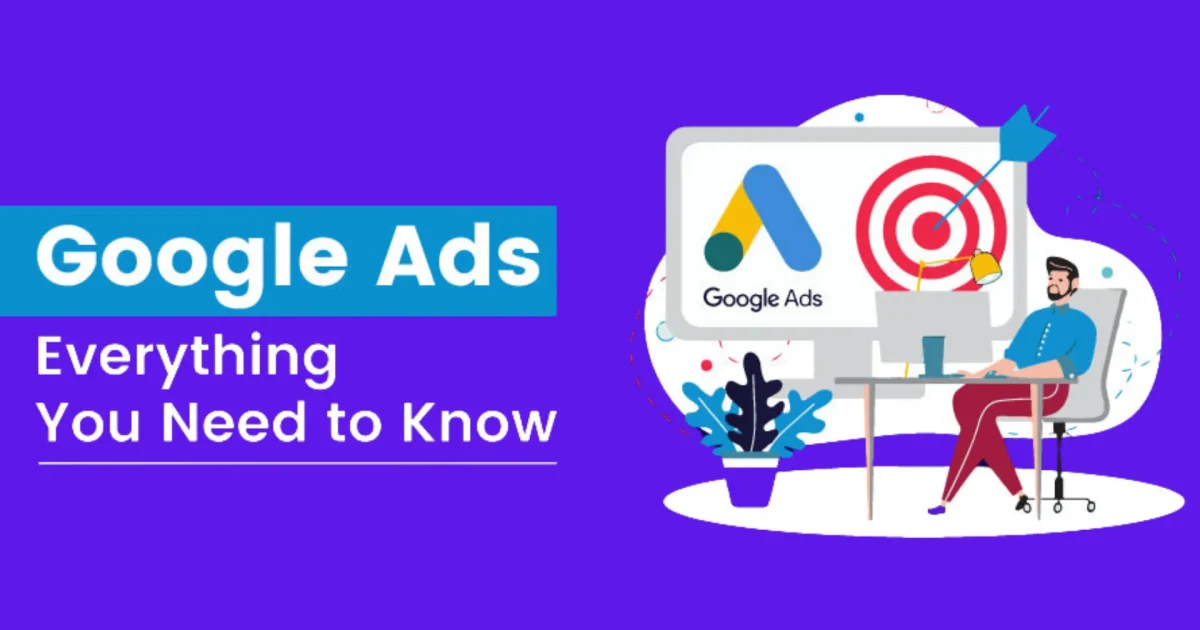In the world of digital marketing, Google Ads remains one of the most powerful tools for driving traffic and generating sales. Over the years, Google has significantly transformed its advertising platform, adding new features, refining algorithms, and enhancing artificial intelligence (AI) to make ads more relevant and effective. As we enter 2025, the key to succeeding with Google Ads lies in embracing these changes and adapting your strategies to the evolving landscape.
Increase Specificity in Your Marketing Using Google Ads in 2025
Why Specificity Matters in Google Ads
In 2025, more and more advertisers are competing for attention on Google Ads, making it harder to stand out. To succeed, you must make your ads as specific and tailored as possible. When a potential customer sees your ad, it should feel like it was designed just for them. Specificity cuts through the noise and resonates with the audience, leading to higher click-through rates (CTR) and conversions.
How to Increase Specificity
- Break Down Your Audience:
- Segment your target market into smaller, more refined groups.
- For example, instead of targeting everyone looking for “physiotherapy services,” break it down into “chronic back pain,” “sports injury rehab,” or even “knee injury rehab.”
- Tighter Keyword Groupings:
- Create more specific ad groups based on themes or subcategories of your target market. For instance, separate ads for “tennis elbow” from those targeting “general physiotherapy.”
- Create Tailored Ads:
- For each specific group, craft ad copy that directly addresses their unique needs. A person searching for “knee injury rehab” will resonate more with an ad specifically mentioning knee injuries rather than a generic “physiotherapy services” ad.
- Custom Landing Pages:
- Once the user clicks, they should land on a page that directly speaks to their search. For example, a landing page specifically for knee injuries with tailored content and solutions will drive better conversions than a generic homepage.
“Specificity in ads makes your audience feel like you understand their exact problem, and they’ll be more likely to convert.” – Google Ads Expert
Expand Your Campaign Types

The Importance of Campaign Variety
While many advertisers start with basic Search campaigns, diversifying into other campaign types is essential for reaching a broader audience and improving overall performance. Google Ads offers various platforms beyond search results, such as YouTube, Gmail, and the Google Display Network, where ads can be shown to users in different contexts.
Performance Max Campaigns
Performance Max campaigns are an excellent way to consolidate all of your Google Ads into one streamlined campaign that can automatically place ads across different Google channels. These campaigns are designed to maximize your campaign’s reach and drive higher conversion rates by leveraging Google’s machine learning to place ads in the best possible spots.
Types of Campaigns to Explore
- Search Campaigns: Still a great starting point for targeting users with specific intent, but can be expanded with other campaign types as your strategy matures.
- Display Network Campaigns: Ads placed on millions of websites, apps, and even Gmail inboxes. Excellent for increasing brand awareness.
- YouTube Ads: Video ads on YouTube are incredibly effective for engaging potential customers with visual content.
- Google Shopping Ads: For e-commerce businesses, showing product ads directly in Google Search results increases visibility and click-throughs.
Stop Obsessing Over Cost Per Click (CPC)
Why CPC Isn’t the Only Metric That Matters
Focusing solely on lowering your cost per click (CPC) can be a misguided approach. While lower CPCs seem attractive, they don’t always lead to the best results. Google Ads operates on an auction system where cheaper keywords may not always convert well or bring in high-value customers.
Instead, focus on metrics that matter to your business, such as conversions and the overall value of those conversions.
Key Takeaway
- Targeting high-cost keywords that are relevant to your business and have a better conversion rate is often more profitable in the long run, even if they come with a higher CPC.
Don’t Be Lazy with Ad Creative
The Role of Creative in Google Ads
Your ads’ creative content—whether it’s text, images, or videos—plays a significant role in how successful your campaigns will be. Many advertisers make the mistake of using outdated or low-quality creative assets, which can harm their click-through rates and conversions.
Tips for Effective Ad Creative
- High-Quality Visuals and Videos: Invest time and resources into creating professional ads that stand out. Quality visuals are more likely to grab attention.
- Targeted Messaging: Craft ad copy that speaks directly to your audience’s pain points. Use clear, compelling calls-to-action (CTAs) that encourage clicks.
- Test and Iterate: Continuously test different versions of your ad creative. Analyze which images, videos, and ad copy perform best, and refine them over time.
Change Your Bidding Strategy
Why Conversion-Based Bidding is Key
Bidding strategies are evolving, and advertisers need to adapt. In 2025, Google’s AI-driven bidding strategies are more powerful than ever. Traditional cost-per-click (CPC) bidding isn’t the best approach anymore. Instead, switch to conversion-based bidding.
Types of Conversion-Based Bidding
- Conversion Tracking: Track specific actions users take after clicking on your ad. Focus on conversion volume and value.
- Conversion Value Bidding: For businesses with varying product prices, conversion value bidding can help maximize return on ad spend (ROAS) by optimizing for higher-value conversions.
“It’s about the return on your investment, not just the number of clicks.” – Google Ads Expert
Use AI Wisely
AI Tools in Google Ads
Google’s AI tools are powerful, but they require human oversight. Google Ads uses AI to suggest keywords, ad copy, and targeting. While AI can save time, it’s crucial to review suggestions carefully to ensure they align with your brand and goals.
How to Leverage AI
- Review AI Suggestions: Always double-check the suggestions made by Google’s AI. Some may be useful, while others may miss the mark.
- Use AI to Save Time: Automate repetitive tasks like keyword generation or ad copywriting, but maintain control over the final output.
Optimize Your Landing Pages
Why Landing Pages Matter
Once your ad captures a user’s attention, the next step is converting that visitor into a customer. Many advertisers forget to optimize their landing pages for Google Ads, which can result in wasted ad spend.
Landing Page Optimization Tips
- Consistency Between Ads and Landing Pages: Ensure that your landing page matches the messaging and offer of the ad.
- Speed and Mobile Friendliness: A slow-loading or poorly designed page will lead to higher bounce rates.
- Clear CTAs: Make sure your call-to-action (CTA) is prominent and easy for users to follow.
“Your landing page is just as important as your ad—optimize it to boost conversions.” – Google Ads Expert
Conclusion
As Google Ads continues to evolve, staying ahead of trends and adapting to the new strategies for 2025 will be key to success. By increasing specificity in your ads, expanding your campaign types, focusing on conversion-based bidding, and utilizing AI wisely, you can make the most out of the platform’s capabilities. Don’t forget to keep testing your ad creative and optimizing your landing pages for maximum impact.
Google Ads in 2025 isn’t just about getting clicks; it’s about converting high-value leads and maximizing return on ad spend. Put these tips into action, and you’ll be ahead of the competition, driving better results for your business.






